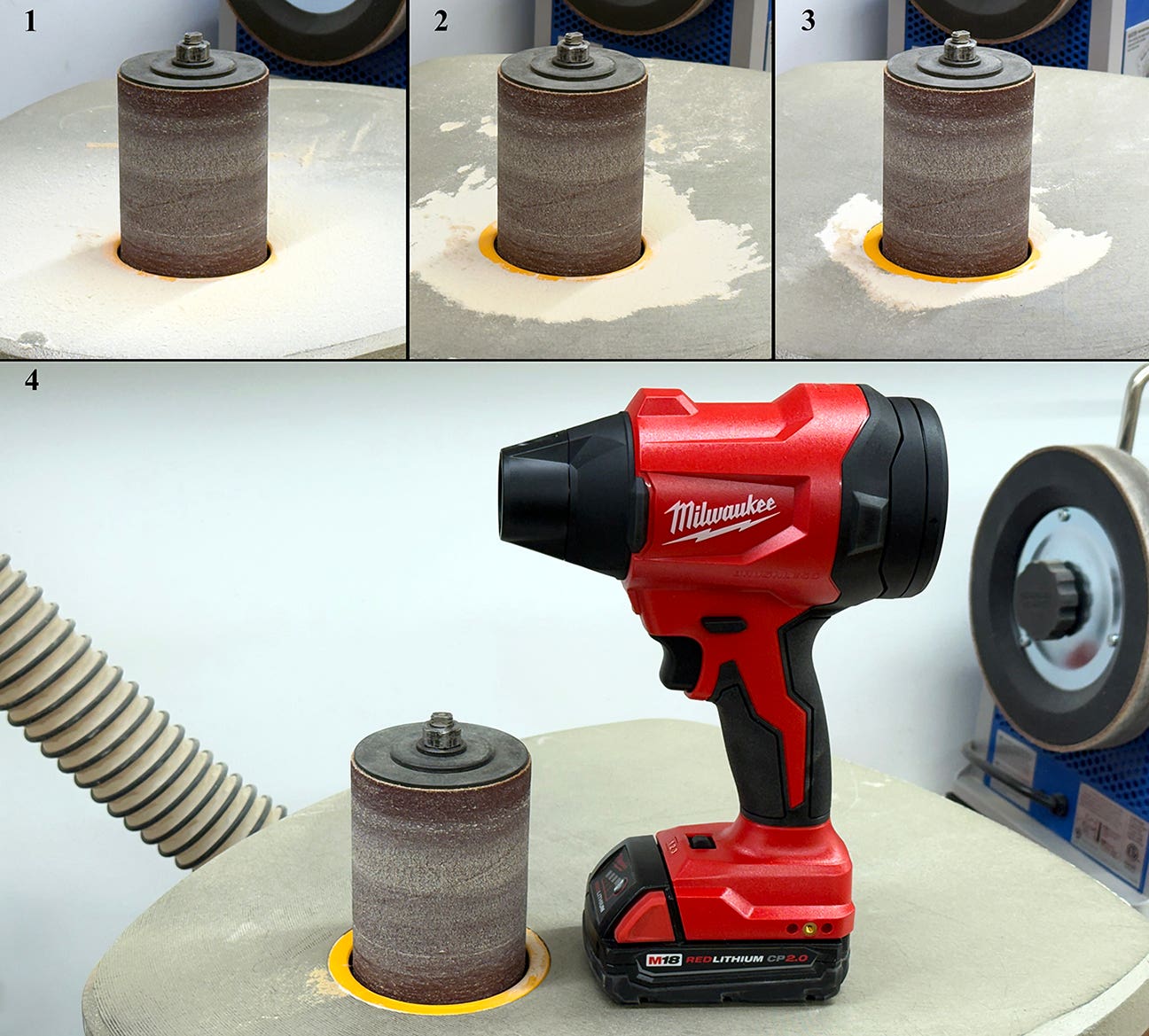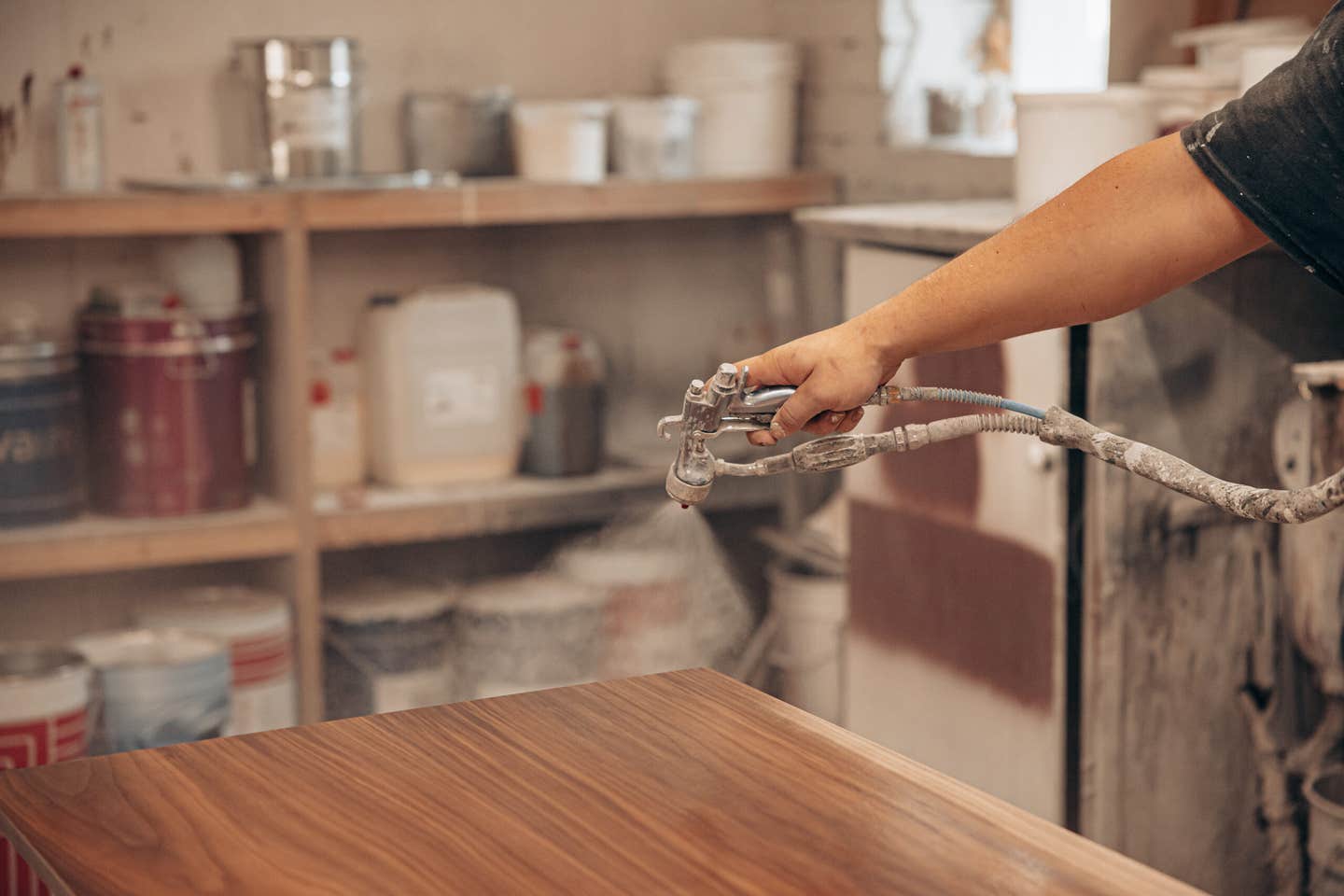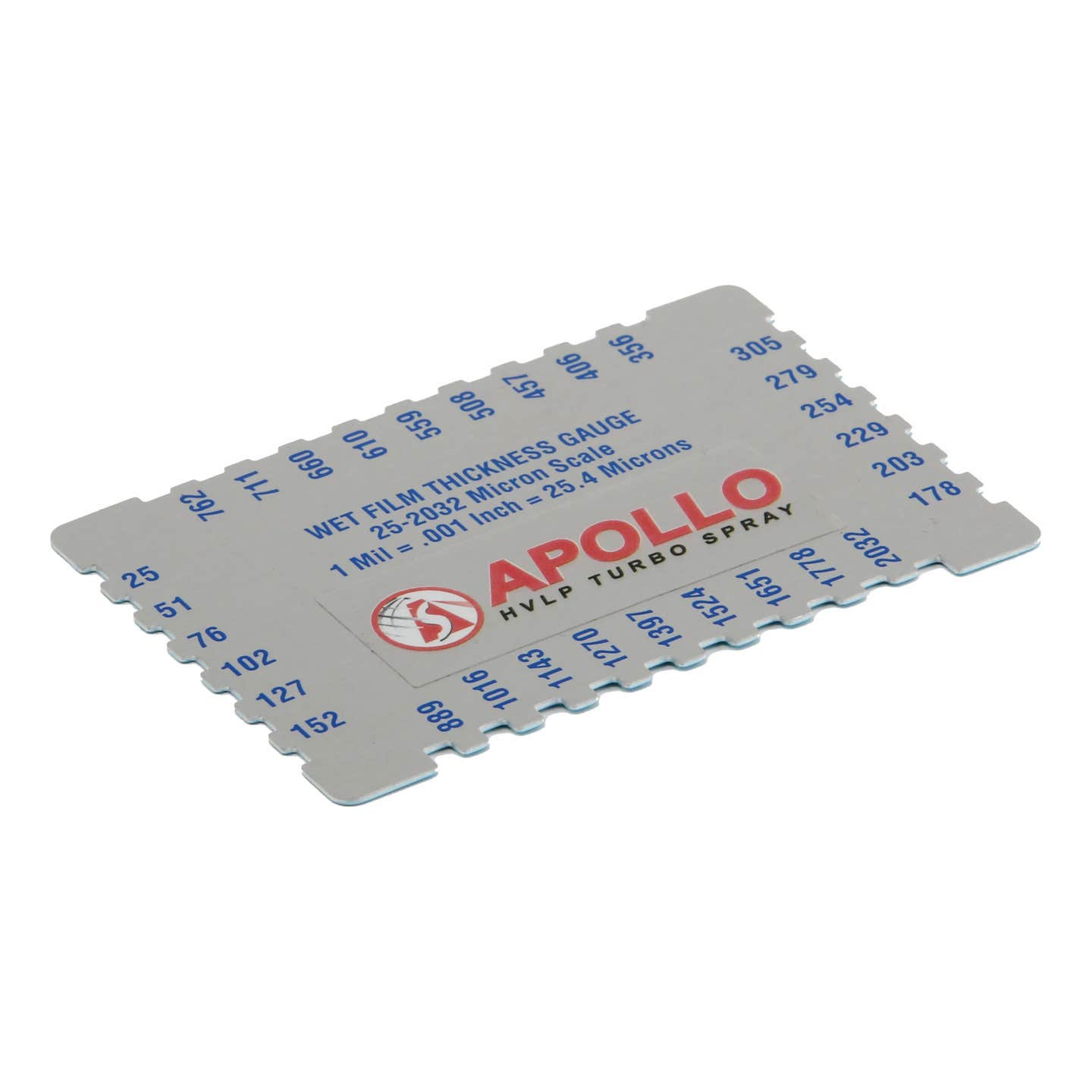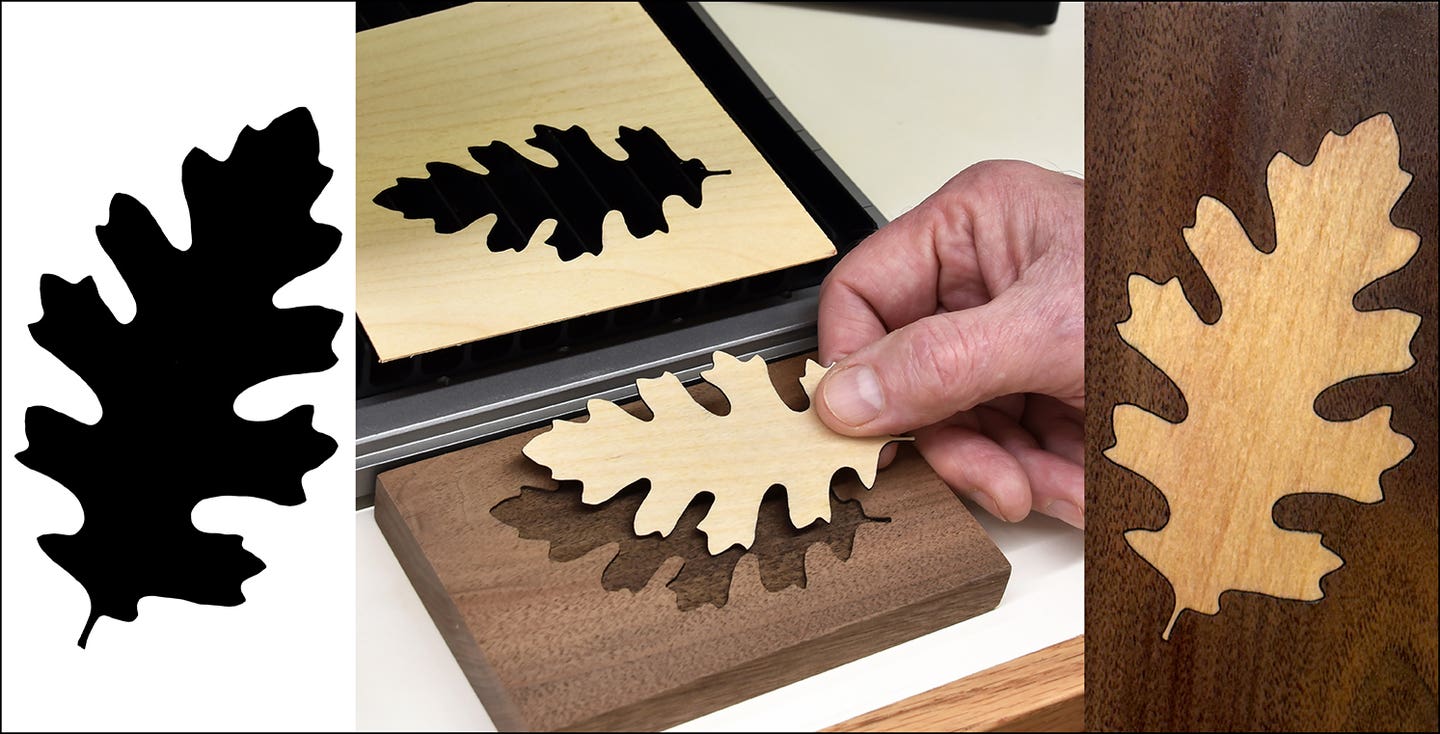Managing color shift
Understanding how color shifts is essential to the finishing process. Most of the color we’ll apply to wood will be in the form of a stain. The most commonly used…
Understanding how color shifts is essential to the finishing process.
Most of the color we’ll apply to wood will be in the form of a stain. The most commonly used stains are pigment stains — composed primarily of pigment, solvent and binder — and dye stains, which are composed of a dye dissolved in a solvent.
Pigment is a finely ground colored matter of organic or inorganic origin, insoluble in the chosen solvent. The pigment is suspended in the solvent/binder mix and must be agitated to keep the particle distribution even. Pigments can be opaque or transparent but have some hiding power as they are distributed on the surface of the object. Because the pigments are very small, they can lodge in minute cavities in the wood’s surface, such as open pores, sanding scratches and swirl marks. Consequently, any inconsistency in the topography of the surface will cause an inconsistency in the way the stain takes.
Dye stains consist of a dye dissolved in a solvent. Since there are no particles larger than the molecule of the dye, a dye stain will penetrate the upper layers of the wood and is transparent. When the solvent evaporates, the color is in the wood. But dyes can only penetrate so far before the fibers structure becomes saturated. Once total saturation occurs the color will puddle (looking like fisheye pools) and turn black.
Dyes will not show real color until the finish is applied, which is why half of a step panel should be clear coated to see any color shift and achieve consistency. Remember that waterborne dyes raise the grain more than the solvent type. They also give deep vibrant color.
When working with a dye and stain combination, applying the dye on the substrate before the stain allows the dye to influence the color, but the stain will be the dominant color. If you want the dye as the dominant color, apply the dye, then a light washcoat, followed by the stain.
If you want the dye to influence the color with a very slight hue shift, you can use the dye in clear sealers and topcoats without obscuring the grain and clarity of the finish. This process will produce a slight color hue change and give more depth in the finish, if not overdone. Dyes mixed in stains will give the color a deeper penetration and slight flip to the color’s appearance when viewed from an angle or in certain light.
Working with dyes does require a certain skill and application process that must be followed for consistency such as flow rate, air pressure and gun settings. The concentration of dye applied to the surface will affect the color, saturation and appearance. So, always record the flow rate when setting up the spray gun and check your settings against your step panel.
The air pressure atomizing the dye will change the transfer efficiency to the panel. This affects your color concentration and shift will happen. The solvents used with the dyes will affect results as well. Acetone, for example, will reduce dyes and allow for faster drying. A faster evaporating solvent will make the dyes penetrate deeper and give a slightly darker color. However, faster solvents can also cause halos in corners and striping.
Wiping stains, which can be transparent or semi-transparent, color the wood and accentuate grain. They are applied directly to the raw wood surface and are usually the first step in the finishing process after white wood sanding. Based on the substrate influences, color shift will happen from several application methods.
For example, different dwell times – the amount of time excess stain is left on the wood before it is wiped off – will affect the intensity of the color. You’ll get better results with a clean rag, and different results with a cotton, cotton blend or polyester rag. I prefer staining pads for even distribution.
Stain conditioner can be used to control blotching. Conditioners fill the open pores, so the color stains penetrate more consistently. You must allow the conditioner to dry before applying color. But don’t let it try too long as it becomes less effective. Many conditioners are simply the manufacturer’s clear base stain.
The pigment load in stains can cause color shift. Stains have a binder that controls the pigment load excepted. When using a stain that is more than the pigment load or intermixing incompatible colorants or stains, inconsistency and adhesion will occur.
Spray stains are different than wiping stains. They are usually applied directly to the wood surface in one light, even coat. They evaporate very quickly and do not penetrate deep into the wood pores, making them a good choice for even color and minimal if any blotching. No more than two coats should be applied to keep good clarity. Documentation of flow rate, air pressure, tip size and reduction and following a step panel is essential to ensure repeatability.
Glazes are used to accentuate the grain and profiles and create depth. They are often used in faux finishing and the color rests more in the surface layers of the wood. Glazes consist of pigment that must be sealed with a topcoat. Adhesion issues frequently occur when not applied correctly.
Toners are used to even out the color, shift color and highlight areas. Dyes toners produce a slight color hue change and give more depth in the finish. Pigment toners produce an opaque color change, obscuring grain and clarity.
A primer’s main function is to fill and hide the substrate’s mineral streaks and pores, and to prepare a consistent color and fill for the final pigmented topcoat. Not all primers are the same in color, solids or make up of fillers, which will influence the primer’s coloring. When developing your sample, be sure to use the same primer on the sample as the final piece. Sanding the primer more or less aggressively, plus the amount of thinner used, will all affect the final color.
When selecting the material for your next project, remind yourself that both the wood species and the coloring method of choice have their own characteristics that will play a part in the final results. Knowing the possible occurrences ahead of time will help limit shift from happening. Respect and trust the process.
Diane Shattuck is a finisher, consultant, guest speaker, writer and teacher. She can be contacted at dianeshattuck@msn.com. Questions, suggestions and comments are always welcome.







